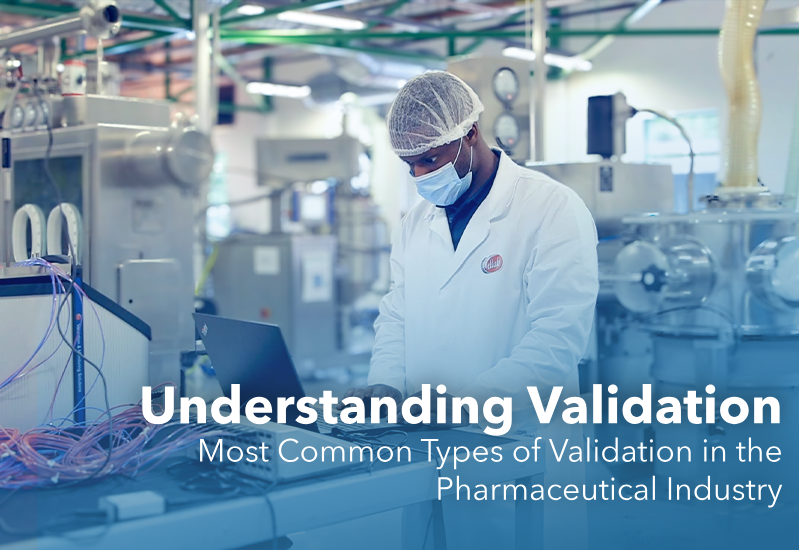What is Computer System Validation?
CSV is a process used in biopharma, biotech, and pharmaceutical industries to determine, through a series of tests, if a computerized system is regulated.
Validating a computerized system ensures that its performance is consistent and reproducible, and the results are as safe, secure, and reliable as paper-based records.
Traditional CSV vs Risk-Based Approach
Historically, CSV processes have been time and resources consuming. They can also be quite rigid: each system, independently of its differences, is approached following the same validation processes.
Risk-based CSV approach focuses your efforts where they matter most. This methodology is intertwined with QRM (Quality Risk Management), a systematic process for assessing, controlling, communicating, and reviewing risks. This is how it works:
- Risk assessment: categorize your systems based on their impact on product quality, patient safety, and compliance.
- Criticality analysis: derive more efforts into the systems that involve a higher risk.
- Tailored validation protocols: as mentioned, the validation protocols are made-to-measure for each system and their associated risks.
- Continuous monitoring: this protocol ensures that validated systems remain this way. This step is also tailored: higher-risk systems have continuous monitoring, while low-risk systems are monitored periodically. Continuous compliance through ongoing system assessments is vital, particularly in ensuring the data integrity principles outlined in both FDA and EMA regulations. EU Annex 11 plays a pivotal role in governing the validation of computerized systems, ensuring that they meet stringent criteria for data integrity and security.

